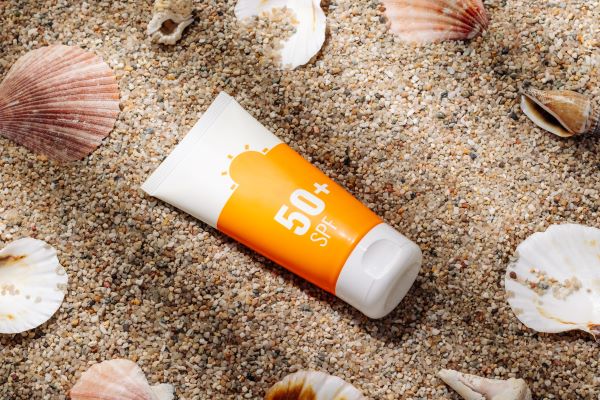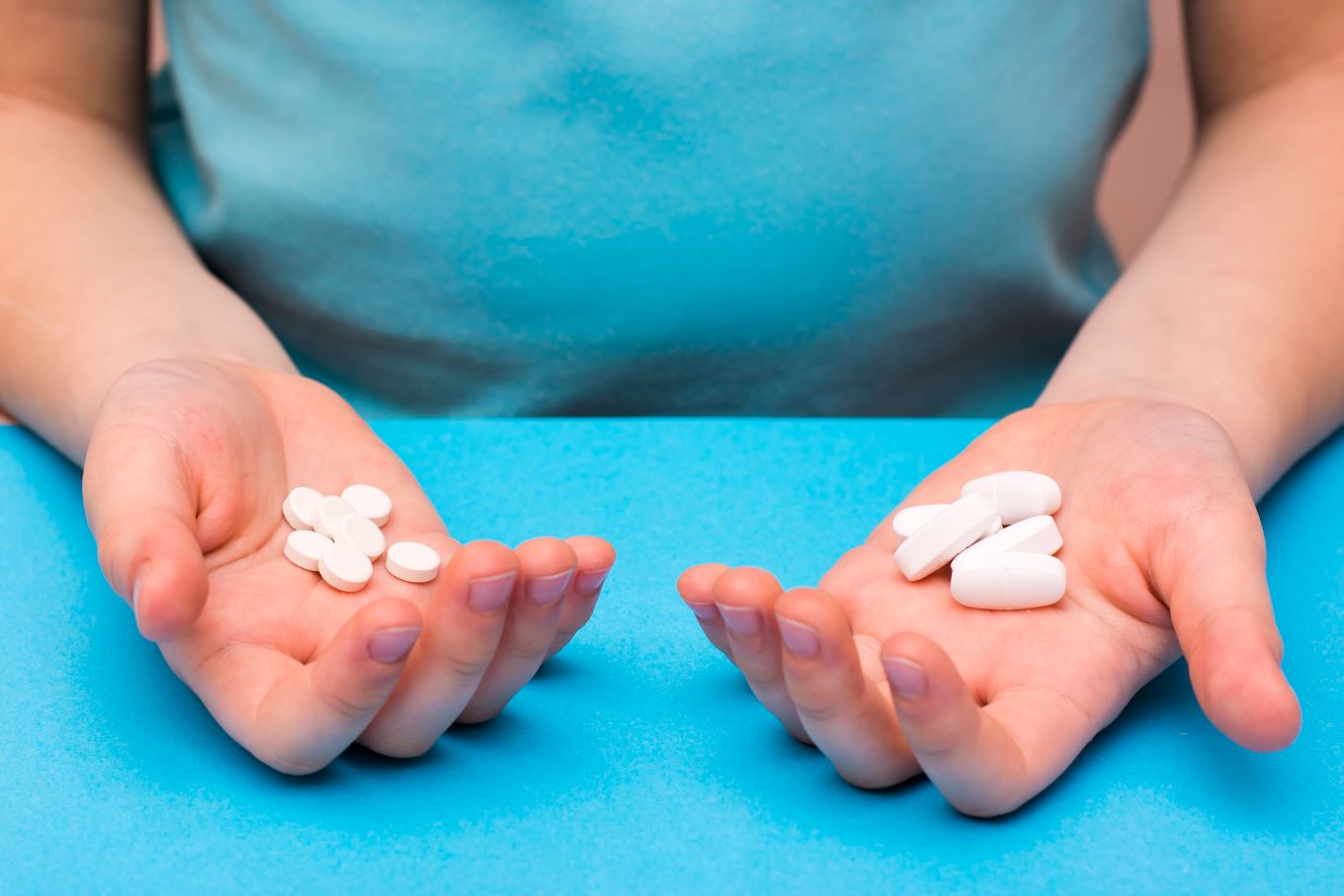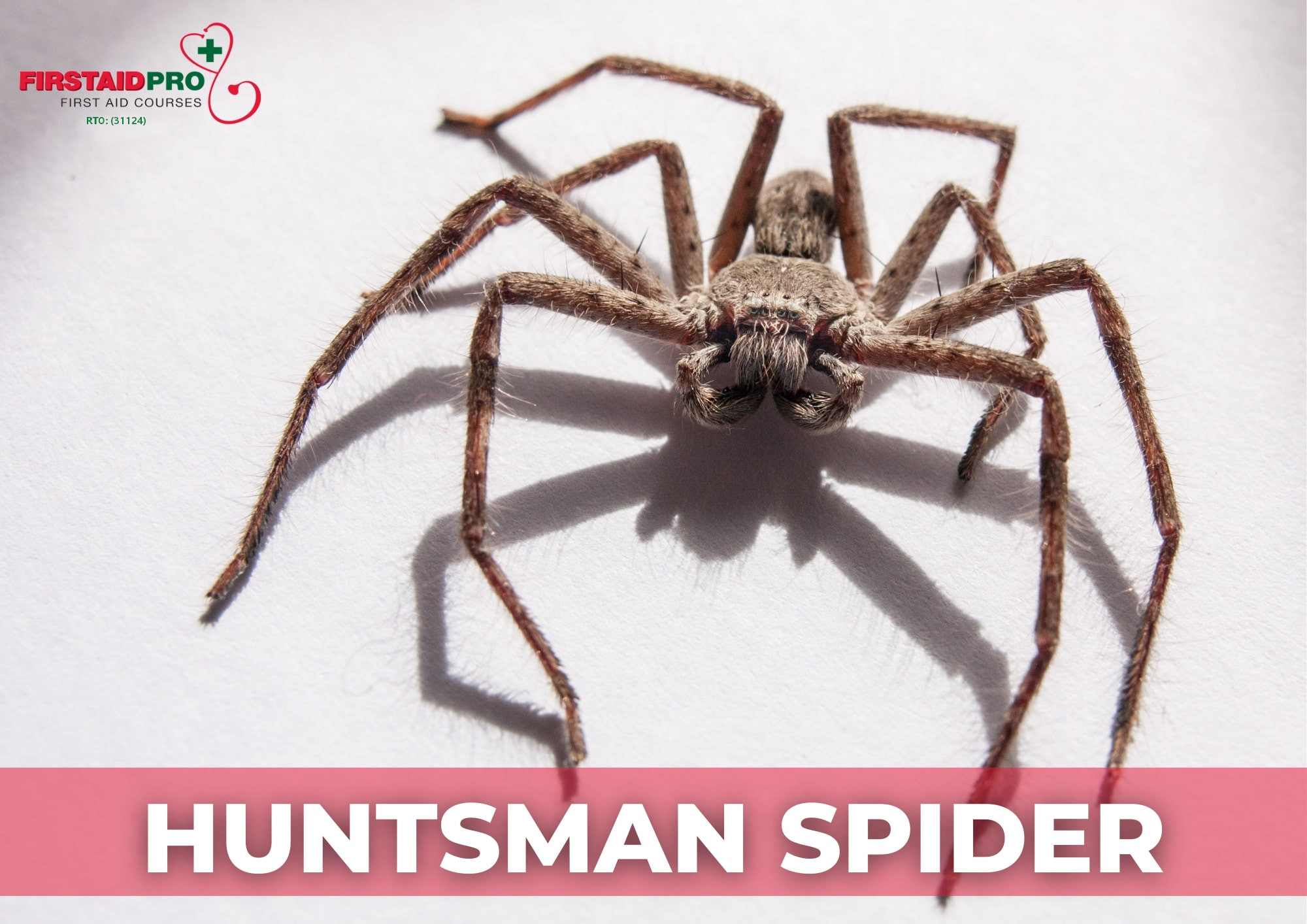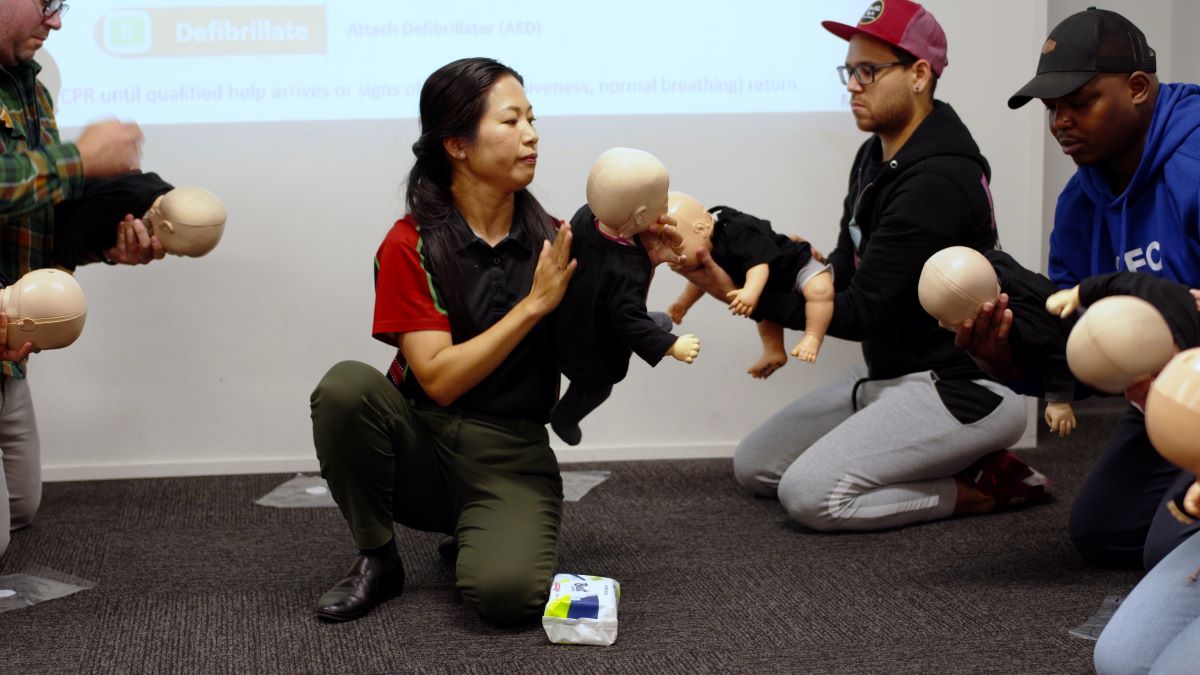A bleeding control kit includes essential medical supplies designed to stop blood loss in emergency and trauma situations.
In this article, we’ll explore the difference between a bleed control kit in a standard one and what items are included in them.
Why is there a need for a bleeding control kit?
There is a growing need for bleeding control kits to address unintentional injuries in Australia. These kits are made available to both the emergency services and the general public.
Bleed control kits are important in case of catastrophic bleeding, where applying pressure is not enough to stop the bleeding.
Difference Between a First Aid Kit and Bleeding Control Kit
Basic first aid kits generally contain the essentials – bandages, dressings, antiseptic wipes, hydrocortisone ointment, medical tape, gauze, and cold packs. It should be a staple in all households, workplaces, and cars.
While incredibly useful, basic first aid kits may not be efficient in stopping life-threatening bleeding.
On the other hand, Bleeding control kits are designed as trauma kits that are best used by professional first responders (paramedics) or even bystanders.
These kits contain all necessary products to stop the bleeding caused by gunshot wounds, stabbing, or crush injuries. They specifically address heavy bleeding and haemorrhaging and are not for treating burns, minor cuts, or abrasions.
What’s Inside a Bleeding Control Kit
Each item in a bleed control kit can be used individually or in conjunction with other items to provide the most effective first aid care.
Here are common items included in a bleed control kit.
Pressure dressing
A pressure dressing helps in clotting the blood in severe bleed by applying extra pressure to the wound. These are often used in junctional areas (such as armpits) with haemostatic to further stop the blood loss.
Tourniquet
A tourniquet is a tight band that applies pressure to a limb or extremity to stop catastrophic bleeding. These are mainly used in emergencies such as surgery or post-operative rehabilitation.
Tourniquets should be lightweight and operable using one hand to ensure rapid and reliable application.
Nitrile gloves
Nitrile gloves are a must-have item in all bleed control kits. These gloves are strong and flexible with good puncture resistance, ensuring all wounds are dealt quickly and safe from infection.
Scissors
In case of bleeding injuries, for instance, a vehicle crash, it may be necessary to cut away the victim’s clothing from the wound.
To ensure treatment is delivered as quickly as possible, bleeding control kits should contain scissors that can easily cut through clothing and footwear materials.
Chest Seals
Chest seals are innovative dressings used for first aid management of penetrating chest wounds.
These seals cover chest wounds to allow air and fluid to escape from the pleural cavity without being drawn back in. Chest seals aim to minimize lung collapse and facilitate ling reinflation.
Haemostatic Dressings
These are wound dressings specifically designed to stop blood flow through clotting or coagulation.
Haemostatic wound dressing is often applied to the source of the bleed and used on junctional zones (neck, armpit, groins). These are areas where the application of a tourniquet and bandages are difficult.
Conclusion
Life-threatening bleed can occur from everyday emergencies such as motor vehicle crashes, accidental injuries, and damage from natural disasters.
Bleeding first aid kits are designed to provide essential items that empower bystanders to take action as first responders to stop life-threatening bleeding.
The truth is bleeding emergencies can occur anytime– from unprovoked attacks, car accidents, mass casualty situations, or violence.
With bleed control kits publicly accessible and knowing how to use the items properly, there will be a significant increase in the chance of survival from bleeding incidents.
Know how to use your bleeding control kits with high-quality first aid training. View our page to find out more about a first aid course.







